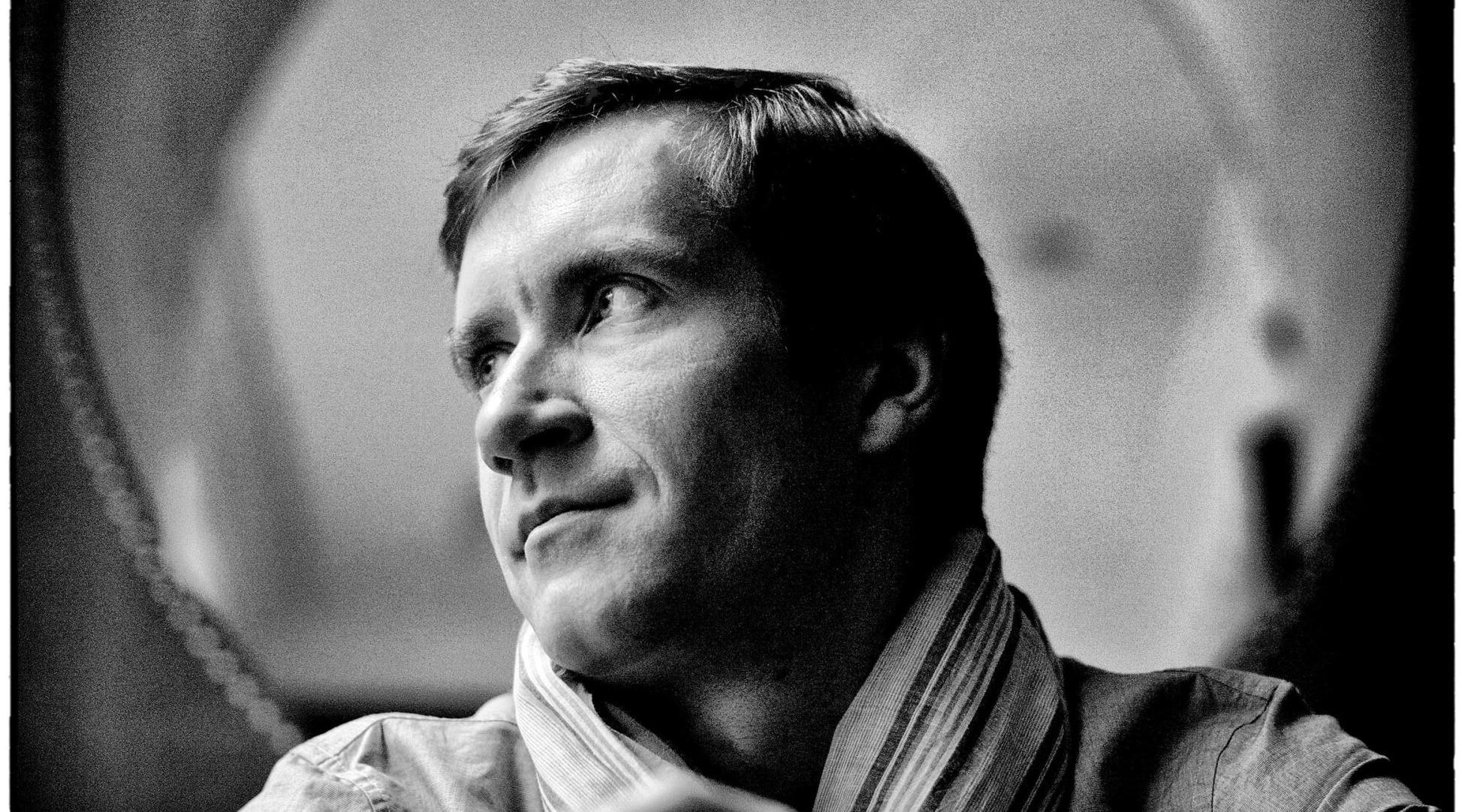Rachmaninov festival - Nikolai Lugansky
Sergei Rachmaninov
- Variations on a theme of Chopin, Op. 22
- 8 Études-tableaux, Op. 33
- Piano Sonata No. 1, Op. 28
Russian pianist Nikolai Lugansky is known as one of the best interpreters of Rachmaninov's music. He begins this recital with Chopin's Variations on a Theme, a work Rachmaninov began composing in 1902 when he returned home to Russia after a three-month honeymoon. The 22 different variations, based on Chopin's Prelude in C minor, can be divided into three groups that together have the structure of a three-movement sonata. The first 10 variations are written in the key of the original theme (C minor). Variations 11 to 18 explore other keys and deal more freely with tempo and harmony. The last four variations are notably longer and more brilliant. In this work, Rachmaninov managed to bring together a lot of 19th-century piano traditions: not only Chopin's Slavic melancholy, but also Schumann's poetic introspection, Liszt's virtuoso brilliance and Brahms' sound palette characterised by deep basses.
The next work on the programme, the Études-tableaux, Op. 33, is a composition that Nikolai Lugansky has accompanied for a long time: in 1993, he made a recording of this work that has been a reference recording ever since. The Études-tableaux, Op. 33 consists of eight compositions midway between a virtuoso etude and a tone poem. Although the compositions lack descriptive titles, Rachmaninov had a specific programme in mind for each of the Études-tableaux. In a letter to Respighi, who orchestrated some of these Études-tableaux, Rachmaninov reveals, among other things, that "the Etude in E-flat (No 6) is a year-market scene". A few years later, Rachmaninov would compose a second set of Études-tableaux: Opus 39.
At the end of this recital, Nikolai Lugansky performs Rachmaninov's First Piano Sonata, a work composed in Dresden. Disappointed after the poor reception of his First symphony, Rachmaninov travelled to this quiet German city in 1906. There, he conceived the plan to write a piano sonata inspired by Goethe's Faust. Gradually he abandoned this idea, but you can still detect in the various movements, the character traits of the three main characters - Faust, Gretchen and Mephistopheles.
Nikolay Lugansky, piano

